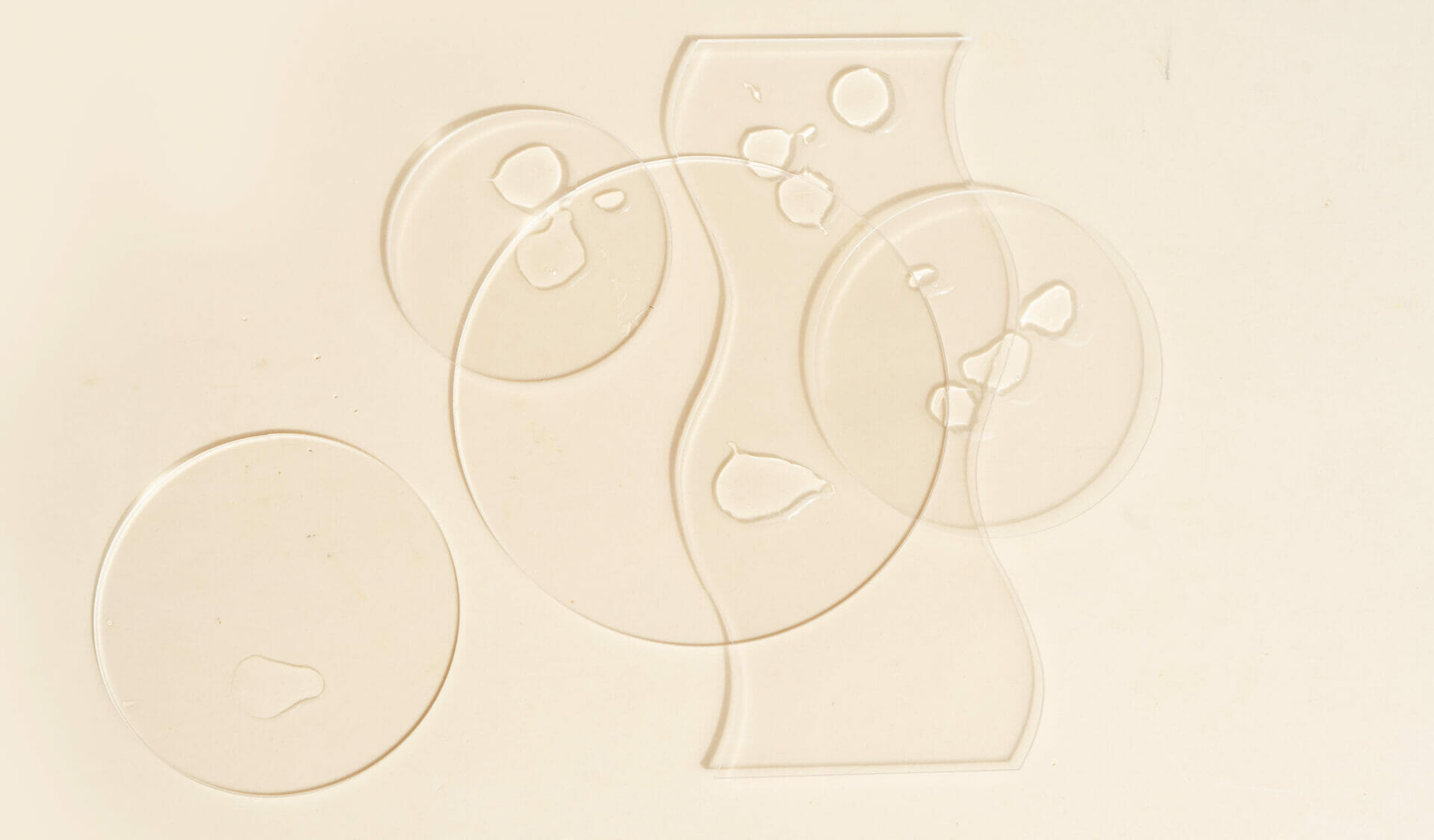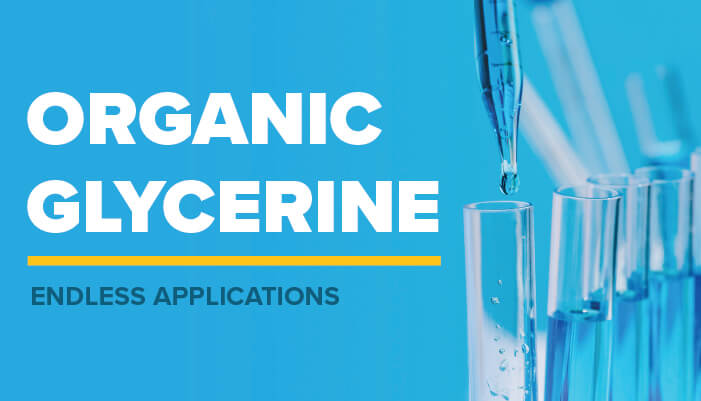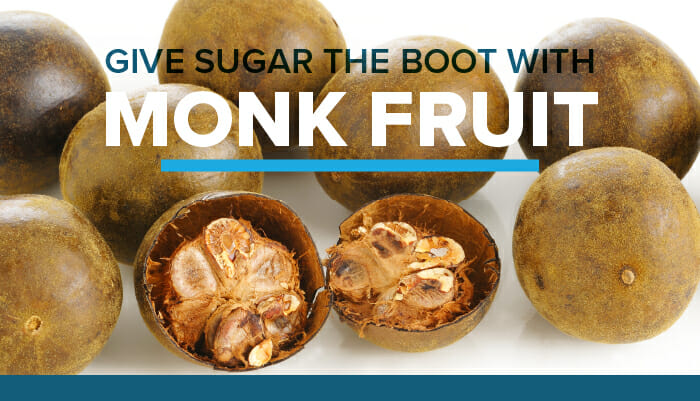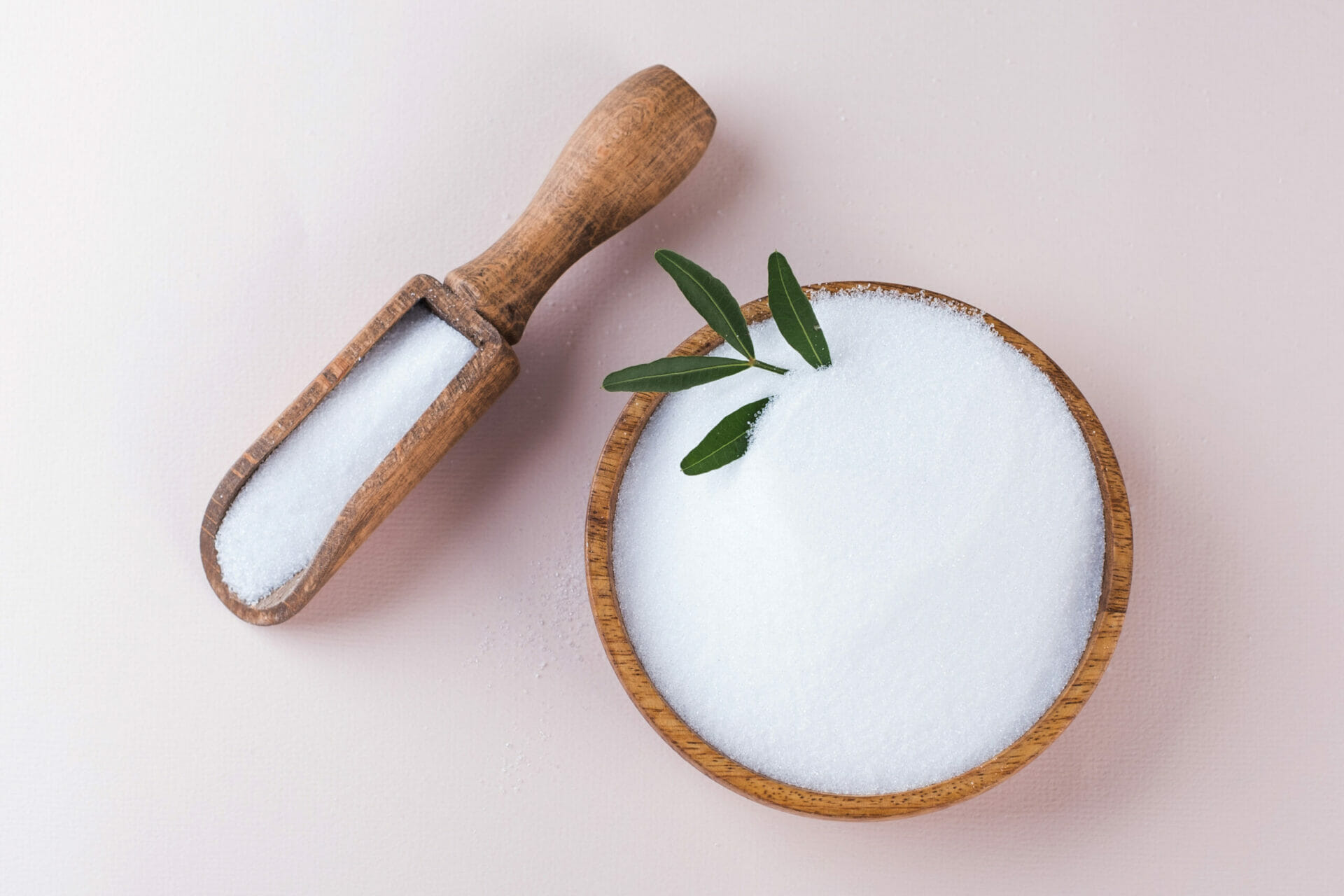Xanthan gum (C35H35O29), is a polysaccharide composed of glucose, mannose, and glucuronic acid. The common uses are as a food additive, rheology modifier,thickener, or a gelling component.
One of the most remarkable properties of xanthan gum is its ability to produce a large increase in the viscosity of a liquid by adding a very small quantity of gum. The viscosity solutions decrease with higher shear rates, which is called pseudoplasticity. This means that a product subjected to shear, whether from mixing, shaking, or even chewing, will thin out, but once the shear forces are removed, the food will thicken back up.
In foods, this gum is used as a good thickening agent which is most often found in salad dressings and sauces. It makes these products thick enough at rest in the bottle to keep the mixture fairly homogeneous, but the shear forces generated by shaking the mixture so it can be easily poured. When it exits the bottle, the shear forces are removed and the mixture thickens back up, so it clings to the salad or food. It is very stable under a wide range of temperatures and pH.
Xanthan gum helps to prevent oil separation by stabilizing the emulsion, although it is not an emulsifier. This gum also helps suspend solid particles, such as spices. Also used in frozen foods and beverages, it helps create the pleasant texture in many ice creams.Gluten-free baking also contains this ingredient; since the gluten found in wheat must be omitted, xanthan gum is used to give the dough or batter a “stickiness” that would otherwise be achieved with the gluten. It is also a preferred method of thickening liquids for those with swallowing disorders, since it does not change the color or flavor of foods or beverages.
In personal care, xanthan gum is a stabilizer to prevent ingredients from separating. In toothpaste, it serves as a binder to keep the product uniform. It is also used to prepare water gel, oil-in-water emulsions to help stabilize the oil droplets against coalescence, and has some skin hydrating properties.



































































